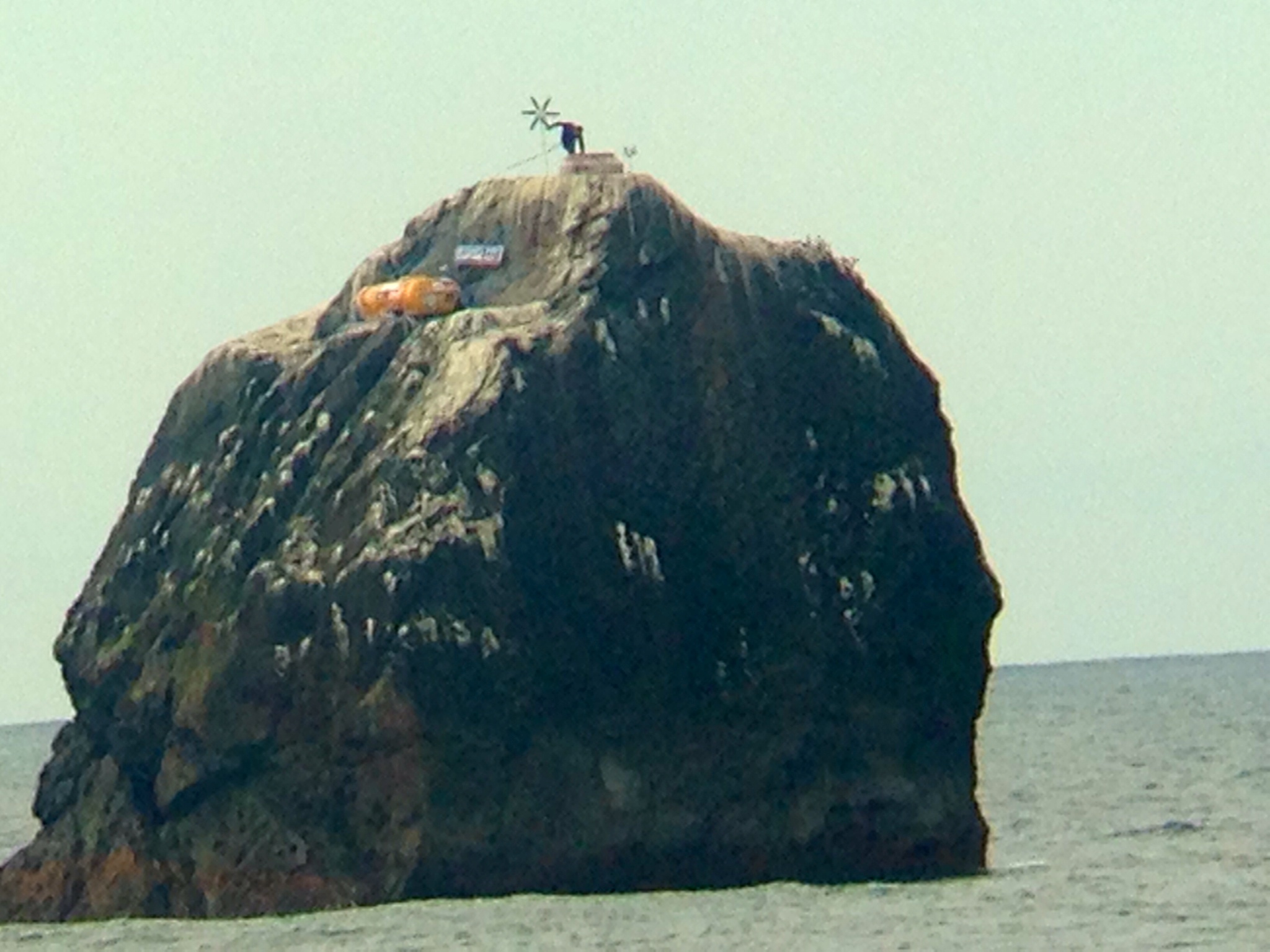A tiny Scottish island is to be ‘re-mapped’ after an adventurer who spent 45 days alone on it discovered it was smaller than previously recorded.
Nick Hancock, 39, from Ratho near Edinburgh, lived by himself on Rockall – 286 miles off the west coast – while gathering data.
His aim was to update the current UK Hydrographical Office records relating to the position and height of Rockall collated in 1977.
Mr Hancock confirmed the rock was in the same place it had been recorded, but discovered the extinct volcano was 33.5 inches shorter than previously thought.
Using the chartered surveyor’s data, the rock has been registered lower than existing records.
Mr Hancock said: “I had hoped that my survey results might significantly relocate Rockall.
“But being able to finally establish the true height of the rock means that my time spent there has even greater long-term significance than just breaking the previous occupation records and raising funds for Help for Heroes.
“Data was also gathered from OS stations in the Faroe Islands, Northern Ireland and Iceland to plot Rockall’s size.”
During his occupation in June and July, Mr Hancock installed a fixed permanent survey marker on the summit of the rock. Whilst living in a homemade survival pod adapted from a water tank powered by a small wind turbine and solar panels, he carried out 24-hour data-collection sessions, connecting to satellites and Ordnance Survey (OS) radio stations.
The height was previously estimated about 59ft above sea level by the Royal Geographical Society in its first map of Rockall. In a bid to raise £10,000 for charity Help the Heroes, Mr Hancock originally planned to stay on the tiny rock for 60 days before a severe storm forced him to return home early.
He passed the 40-day solo occupation record set in 1985 by the SAS veteran Tom McClean and beat the 42-day record set by Greenpeace campaigners in 1997. Mr Hancock said he was pleased that his stay would leave a legacy greater than just setting a record.
Mark Greaves, OS satellite positioning expert, said: “Nick’s occupation of Rockall for such a long time is a fantastic achievement and Ordnance Survey was happy to be involved with advice and data processing facilities.
“The satellite positioning data that Nick recorded was of high quality and it enabled the island’s position to be determined to just a few centimetres.”
